Asteroid mission MORE successful than the wildest NASA dreams
DART mission was more successful than even NASA expected.
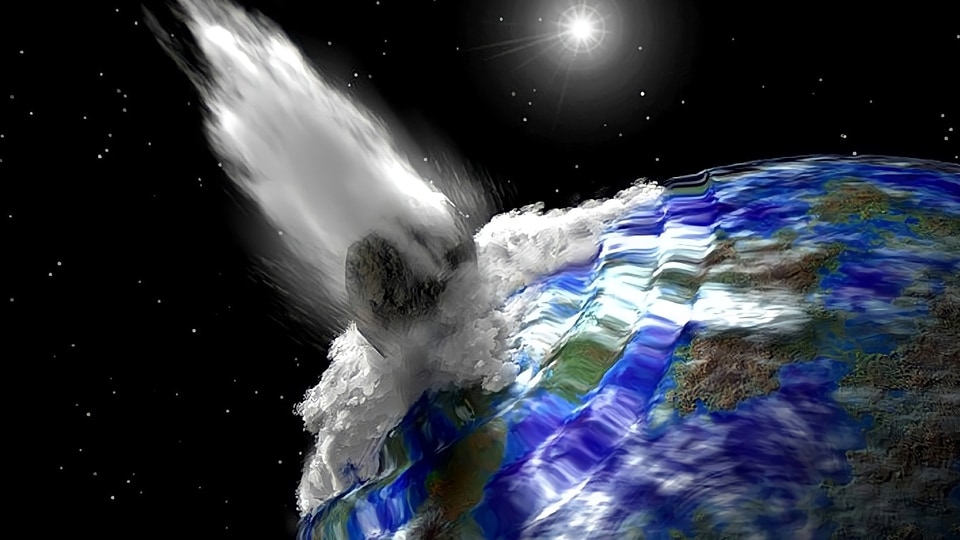
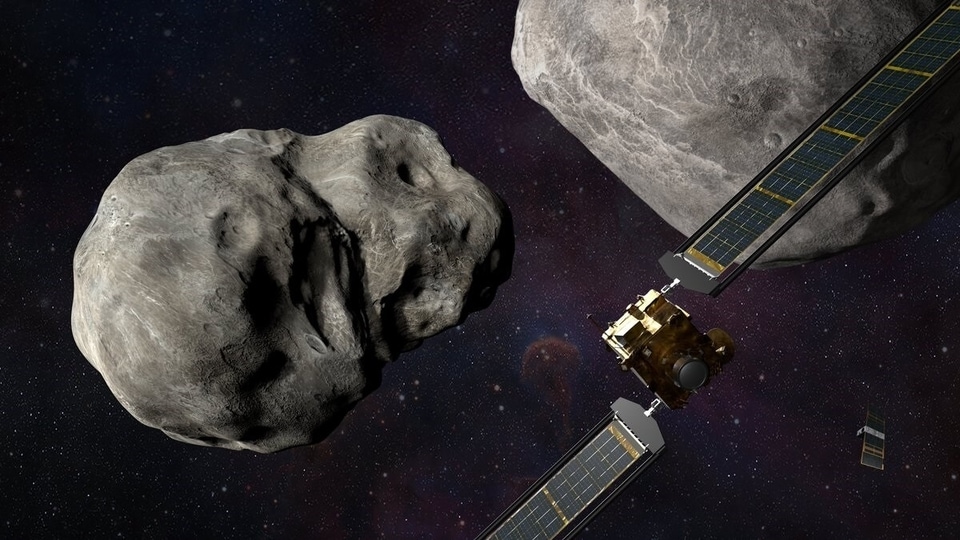
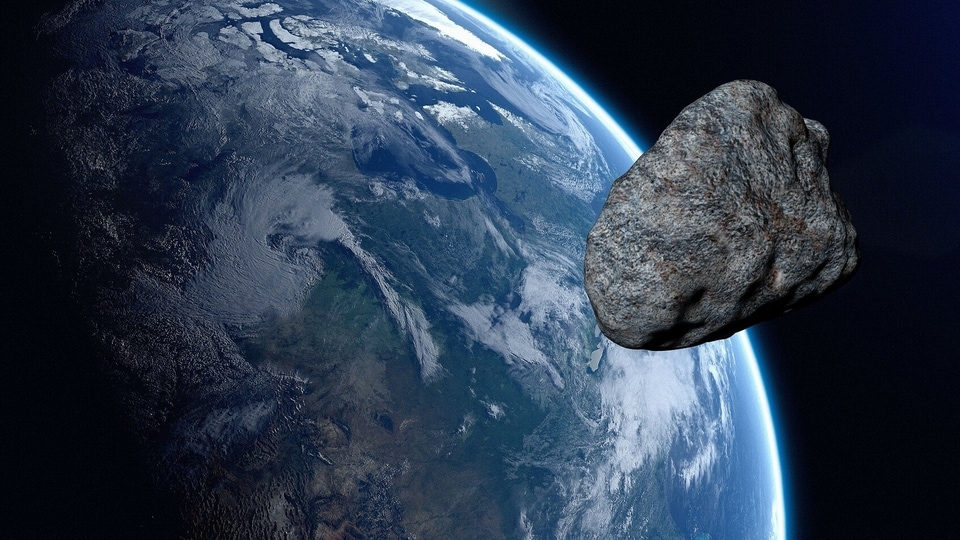

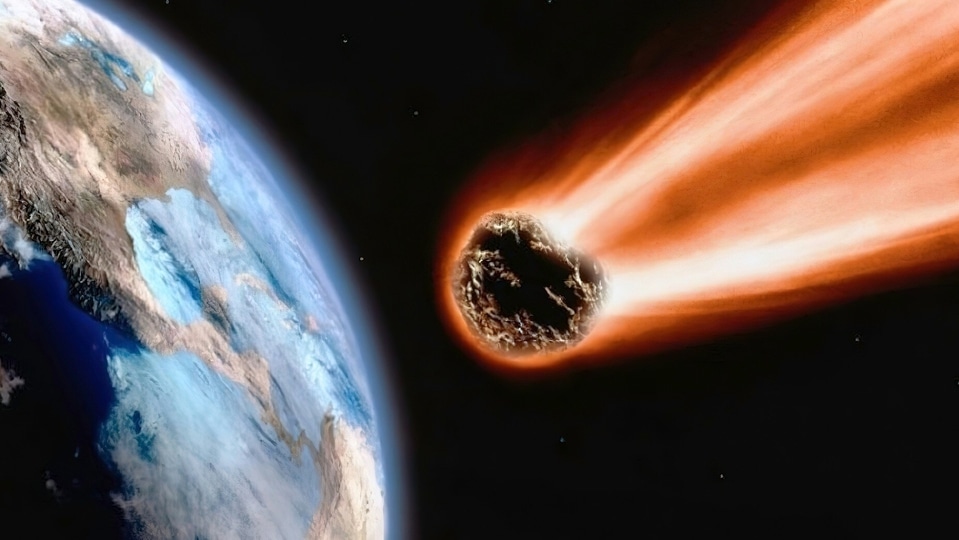
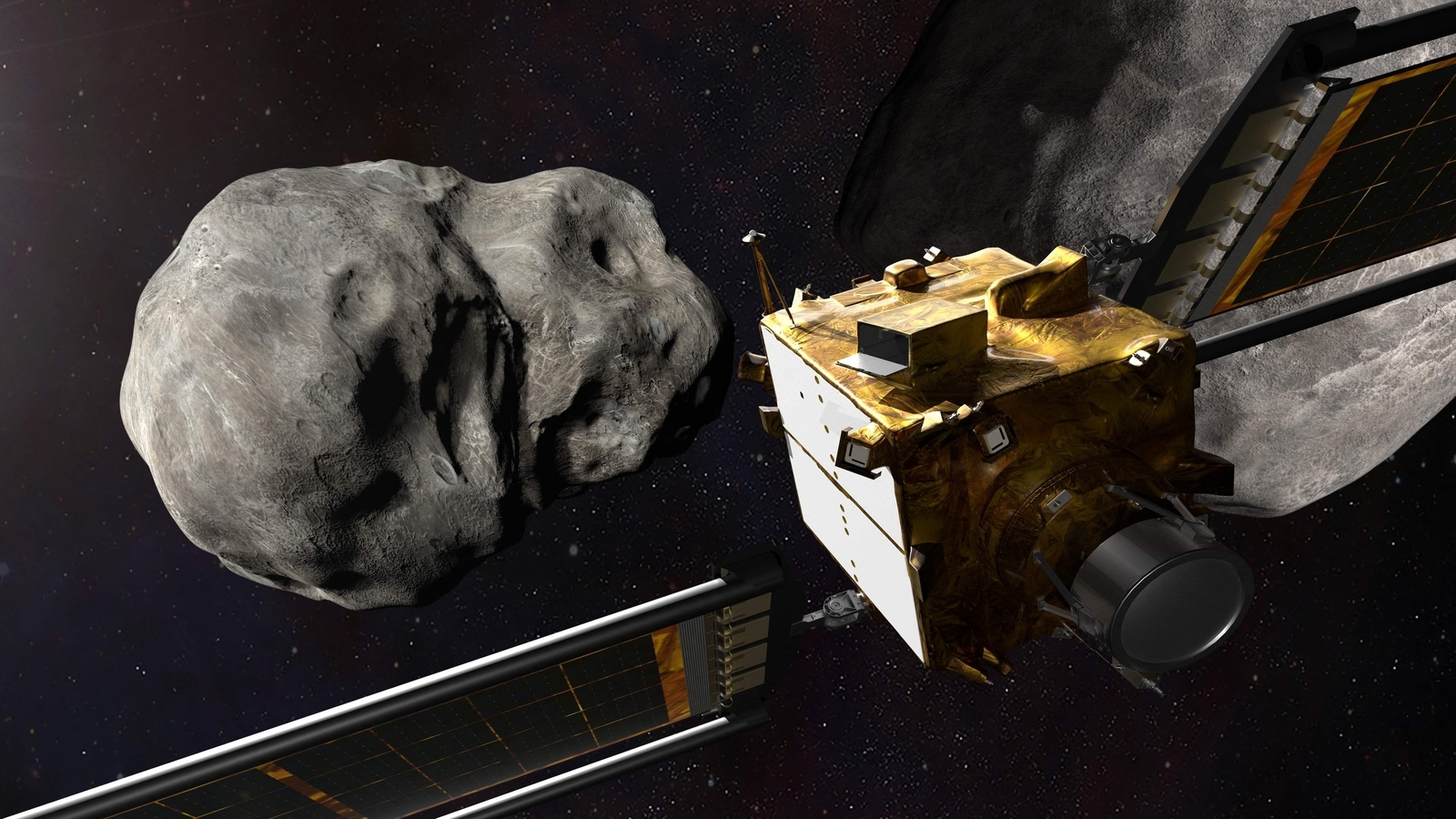
 View all Images
View all ImagesWith its asteroid mission, NASA stepped boldly into an area that was never entered before by any human agency. Not just that, in a big triumph, this has also become the first time that humans have succeeded in changing the motion of a significant Solar System object. Yes, we are talking about NASA's asteroid mission known as DART. The spacecraft that hit the asteroid was roughly the size of a vending machine. The asteroid target was named Dimorphos. Effectively, the strike changed the orbit of Dimorphos around its bigger companion asteroid Didymos by around 32 minutes. The test on September 26 shows the potential to protect Earth from any possible Asteroid strike.
On a good note, NASA says that the degree of deflection was greater than anticipated. According to the space agency, an orbital reduction of at least 73 seconds would be considered a success. However, at 32 minutes, the result of the test came out as a pleasant surprise. “We're absolutely thrilled. This really shows that kinetic impact is a viable option for planetary defense,” Cristina Thomas, a planetary scientist at Northern Arizona University said. He has led the observation team for the DART mission.
However, there are two main reasons behind choosing this binary asteroid system for the DART mission. First is that the asteroid pair was not on a course to hit the Earth, but the 780-meter-wide Didymos served as an gravitational anchor while ensuring that its partner asteroid Dimorphos wasn't rebounded toward Earth. And the second is the combo of space rocks locked in orbit. This helped scientists to measure the deflection angle of the asteroid to its partner.
This marked a new journey
Asteroids can be lethal to Earth. We all are familiar with a massive Chicxulub asteroid which hit the Earth around 66 million years ago, which ended the era of dinosaurs. But this is not the only asteroid which hit the Earth so far. The Vredefort asteroid is the biggest one so far which hit the Earth around 2 billion years ago. The report says that the early data of the DART mission has confirmed that it introduced a new ability to defend our Earth, if not the large, but relatively small asteroids.
“All of us have a responsibility to protect our home planet. This mission shows that NASA is trying to be ready for whatever the universe throws at us,” science.org report quoted NASA Administrator Bill Nelson.
Catch all the Latest Tech News, Mobile News, Laptop News, Gaming news, Wearables News , How To News, also keep up with us on Whatsapp channel,Twitter, Facebook, Google News, and Instagram. For our latest videos, subscribe to our YouTube channel.




























